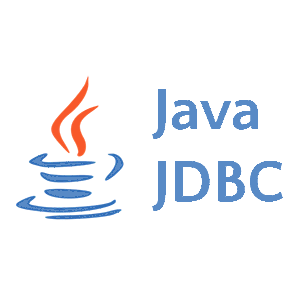Compile and Execute Java Programs or Projects into windows.
Editors
IDE
- Eclipse, NetBeans,
IntelliJ IDEA - Advanced
- Inbuilt Debugger
- Easy to manage
- Better for Small and Huge Projects
- Intellisense is inbuilt.
The term “IDE” comes from Integrated Development Environment. It is intended as a set of tools that all work together: text editor, compiler, build or make integration, debugging, etc. Virtually all IDEs are tied specifically to a language or framework or tightly collected set of languages or frameworks. Some examples: Visual Studio for .NET and other Microsoft languages, RubyMine for Ruby, IntelliJ for Java, XCode for Apple technologies.
An editor is simply that, a tool that is designed to edit text. Typically they are optimized for programming languages though many programmer’s text editors are branching out and adding features for non-programming text like Markdown 124 or Org Mode 104. The key here is that text editors are designed to work with whatever language or framework you choose
Watch below video for Eclipse Installation and Running Your First Java Program.



